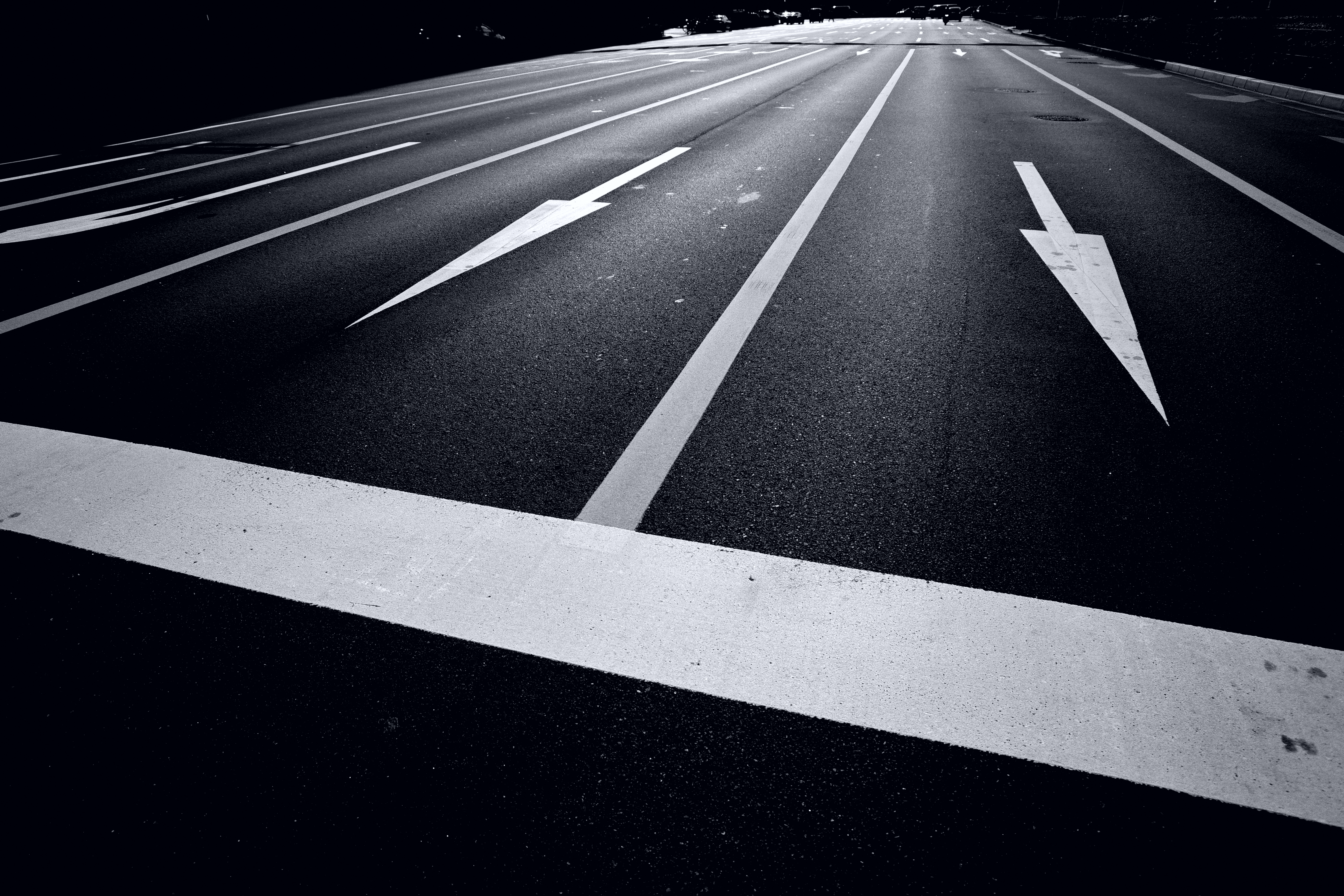
Tucked away in the menus of the Ricoh GR III, under a section called Image Atmosphere (Image Control), is a setting called 'High Contrast B&W'.
According to the compact camera's manual, it "takes a black and white image with stronger contrast," mimicking "a grainy feel… such as that created with ultra-high-sensitivity film or push-processed film." But let’s be honest, anyone who’s spent time with the gritty streets of Tokyo, whether in real life or through the pages of a photography book, knows exactly who this mode is channeling.
It’s not officially called Moriyama Mode, but it might as well be.

Daido Moriyama, the Japanese street photographer whose radical, high-contrast, grain-heavy images redefined an entire generation’s idea of photographic freedom, has long been associated with compact cameras such as the Nikon Coolpix and, in modern times, the Ricoh GR.
The fact that his signature aesthetic is quietly embedded in the GR III’s default modes feels like an open secret. It also feels like a missed opportunity. Why hasn’t Ricoh leaned into this more directly? Better yet, why aren’t other brands doing the same?
Fujifilm has seen huge success with its Film Simulations, not just for the aesthetic quality they offer, but for the deeper emotional connection they foster with photography’s analog past. But what if the next evolution isn’t about films, but photographers?
Imagine image profiles designed to echo the visual styles of iconic artists: a Vivian Maier mode with a softer contrast, or a Salgado monochrome mode with deep blacks.

Of course, some might argue this opens the door to imitation by photographers leaning too heavily on someone else’s visual language. That’s a fair concern. But the intention wouldn’t be to encourage copying, any more than using Tri-X or Portra does.
These simulations would serve as creative invitations, not limits: a way to experiment, learn, and grow through influence, rather than mimicry. Just as painters study masters before developing their own voice, photographers can benefit from understanding the tonal structures and atmospheres that shaped the greats.
For a brand like Ricoh, whose GR cameras already have a devoted cult following and deep roots in street photography, this kind of storytelling could be game-changing. Not only would it acknowledge the legacy of photographers like Moriyama, but it would give new users a tangible way to explore visual identity, not through specs, but through feeling.
Because ultimately, that’s what draws so many of us to photography in the first place. Sometimes, the best way to find your own voice is to walk for a while in someone else’s shoes, or in this case, someone else’s shadows and grain.
@digitalcameraworld ♬ Chill out jazz pop of a gentle guitar(865334) - RYU ITO
Above: A TikTok looking at Daido Moriyama's book Record 2.
you may also like
Check out our guide to the best compact cameras, and if you like Daido Moriyama's style, you might like my recent article on the style of are, bure, boke.







